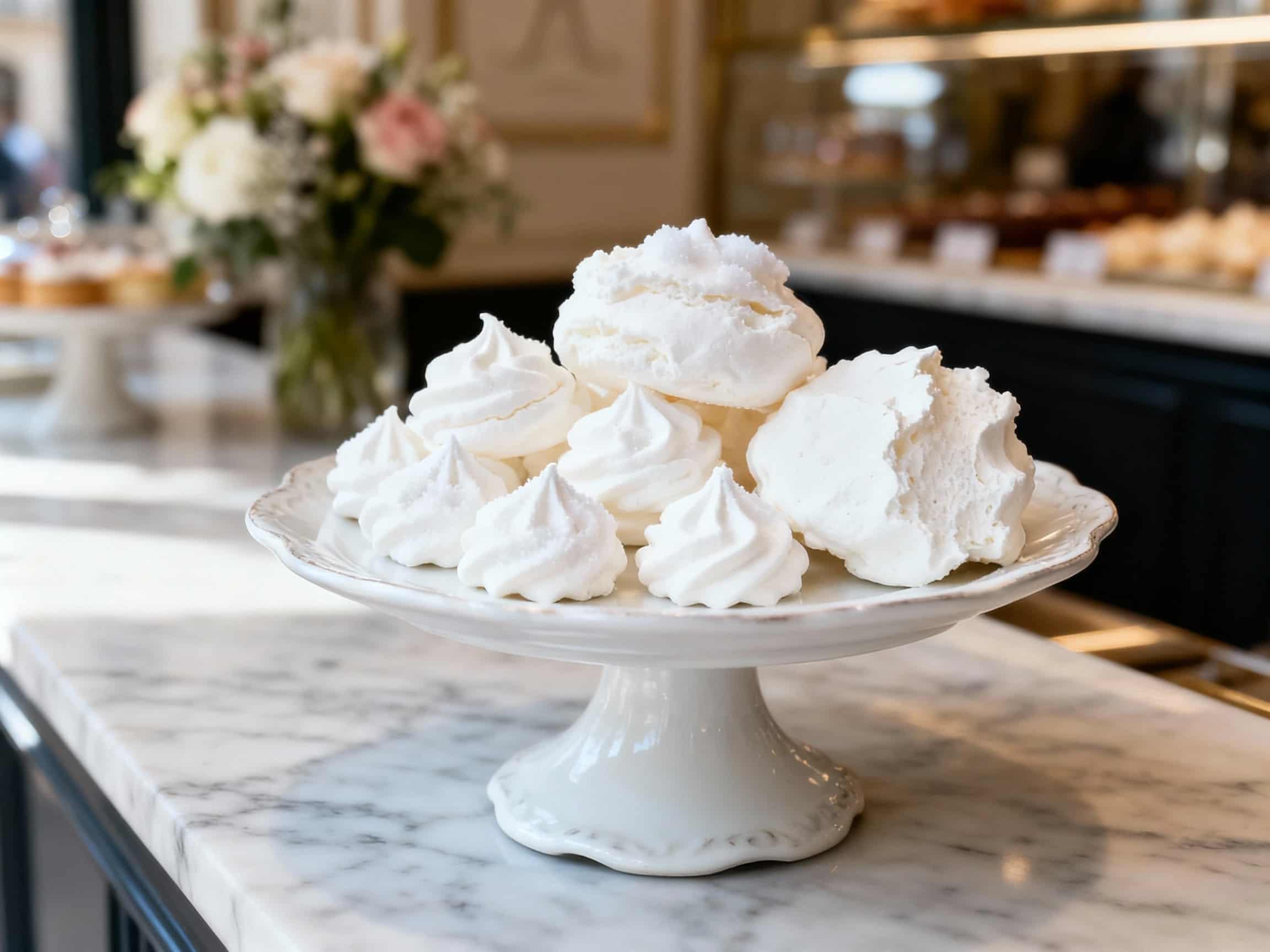
Meringue
Meringue
- Country
- France
- Region
- Switzerland/France
- Recipes
- 0 Recipes
Dish information
Meringue, a delicate confection renowned for its airy lightness and crisp texture, has a fascinating and somewhat debated origin story, with strong claims from both Switzerland and France. The term 'meringue' itself is thought to have originated in the late 17th or early 18th century from the French word 'méringue', itself possibly derived from the Swiss village of Meiringen. Legend attributes its creation to a Swiss pastry chef named Gasparini around 1690 or 1720. However, French culinary history also plays a significant role, particularly with François Massialot, a renowned cook who documented recipes for meringues in his 1739 cookbook 'Nouvelle Instruction pour les trois sortes de pâtisserie'. These early meringues were often simpler, smaller, and served as standalone sweets. Over time, techniques evolved, leading to larger forms and the incorporation of meringues into more complex desserts like pavlovas and Dacquoise cakes. The key to a perfect meringue lies in the meticulous whipping of egg whites with sugar, creating a stable foam that, when baked at a low temperature, results in a crisp exterior and a slightly chewy or marshmallow-like interior. It's a versatile ingredient, used in countless pastries, tortes, and as a topping, representing a triumph of simple ingredients transformed through skillful technique.
Timeline
First reported creation of meringue by Swiss pastry chef Gasparini.
Alternative date for Gasparini's creation of meringue in Meiringen, Switzerland.
François Massialot publishes recipes for meringues in France.
Meringue production becomes more widespread and refined in Europe.
Gustave Gâtellier develops a specific technique for creating large meringues.
The 'Pavlova' dessert, featuring meringue, is named after Anna Pavlova.
Meringues become a standard component in French pastry.
Related recipes
0 recipesWe'll add related recipes for this dish soon.